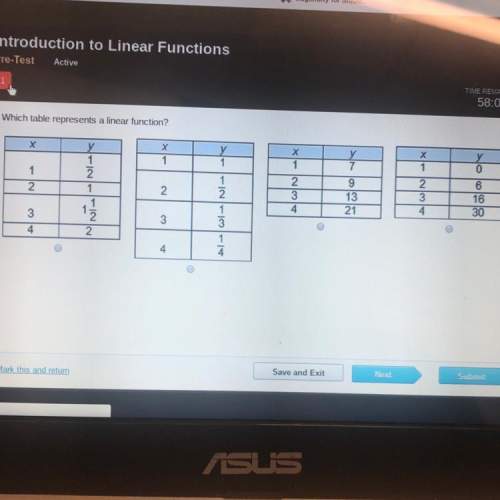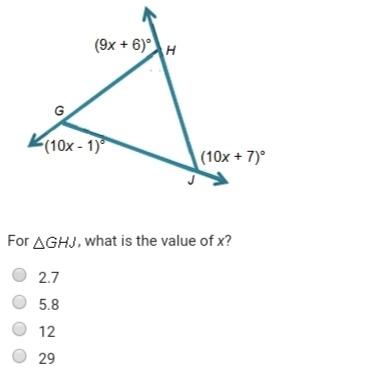Walk me through this; : (
understanding: two pillars have been delivered for the support of a...

Mathematics, 26.07.2019 03:10, neonbluefaith
Walk me through this; : (
understanding: two pillars have been delivered for the support of a shade structure in the backyard. they are both 10 feet tall, but unfortunately the makers of the pillars did not create the same-shaped pillars. in two to three sentences, describe steps you can take to determine whether the pillars have the same volume.
design: your client wants you to design a spherical fountain for a new garden bed. it is hard to find a manufacturer that can create perfect curved surfaces. you will need to modify the sphere to a series of cylindrical slabs with gradually decreasing radii.
you will need graph paper, a compass, a ruler or tape measure, and a calculator.
let’s design the ideal case.
on your graph paper, create a coordinate plane with axes and label the origin as o.
place your compass on the origin, and open the compass to a radius that is equal to your favorite number. construct a circle. you can add shading detail to start to make the circle appear like a sphere if you would like.
label the radius value.
using this radius value, calculate the volume of your sphere using the formula 4/3πr³. show your work, and include the final volume.
let’s design the actual case.
for our physical spherical fountain, we will take our original sphere diagram and create slabs.
starting at the x-axis, create stacks of slabs along the height of the hemisphere until you reach the top. use your graph to make sure the height of each slab slice is the same. your sphere will now look something like this:
circle with rectangle sections from the middle of circle to the top of circle
notice that the slabs created will be short cylinders of varying radii but of equal heights. use the graph to estimate the radius of each slab.
using the volume formula for a cylinder of πr2 • h, calculate the volume of each cylindrical slab and add the volumes together. now double this value to find the total volume of the actual spherical fountain. make sure to show all your slab calculations and final volume.
reflect: why was the volume of your fountain smaller than the volume of the ideal sphere? discuss a more accurate method for approximating the volume of the spherical slab other than using just cylindrical slabs. discuss in two to three sentences.
what to submit: the following items should be submitted in the same document if possible:
an image showing your sphere diagram
your calculations for both the ideal sphere and the actual spherical fountain
your responses to numbers 1 and 4


Answers: 1
Similar questions

Mathematics, 22.06.2019 16:00, mosthatedpicky1
Answers: 2

Mathematics, 30.07.2019 21:20, crystalclear99
Answers: 1

English, 04.08.2019 11:10, samueldfhung
Answers: 1

Mathematics, 22.10.2019 11:00, ladawnrowles005
Answers: 2
Do you know the correct answer?
Questions in other subjects:



World Languages, 05.05.2020 14:05

Medicine, 05.05.2020 14:05

Physics, 05.05.2020 14:05




Mathematics, 05.05.2020 14:05








